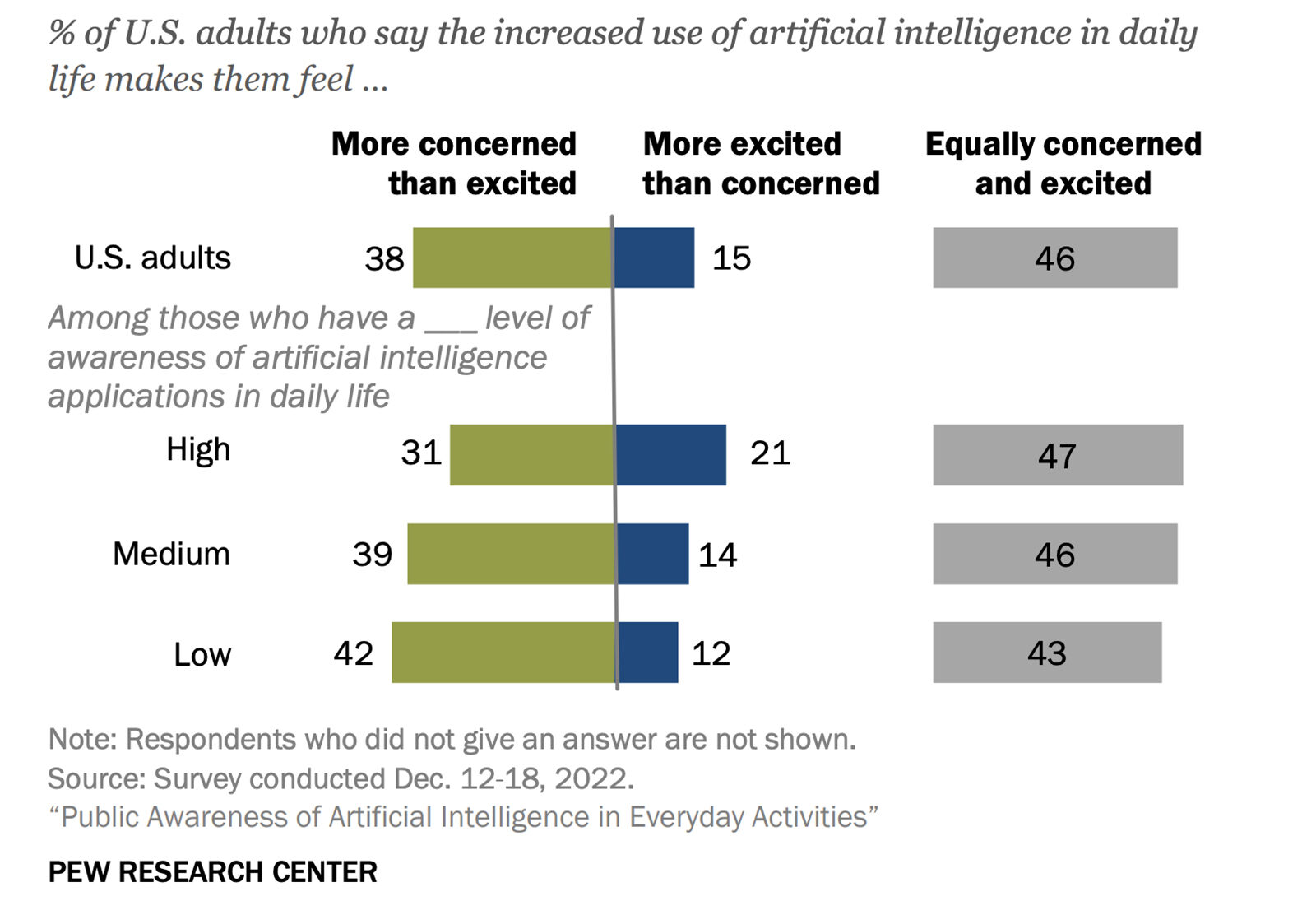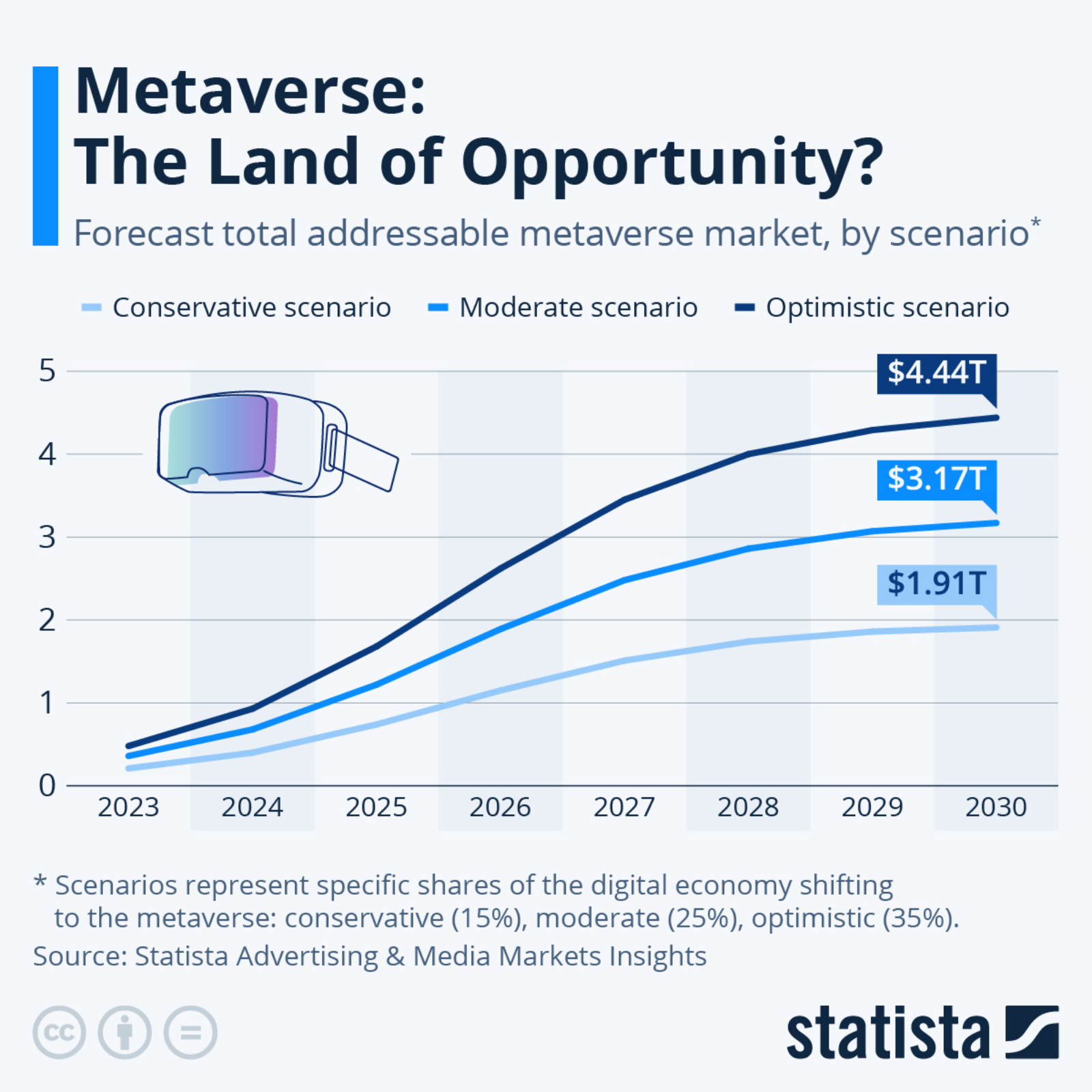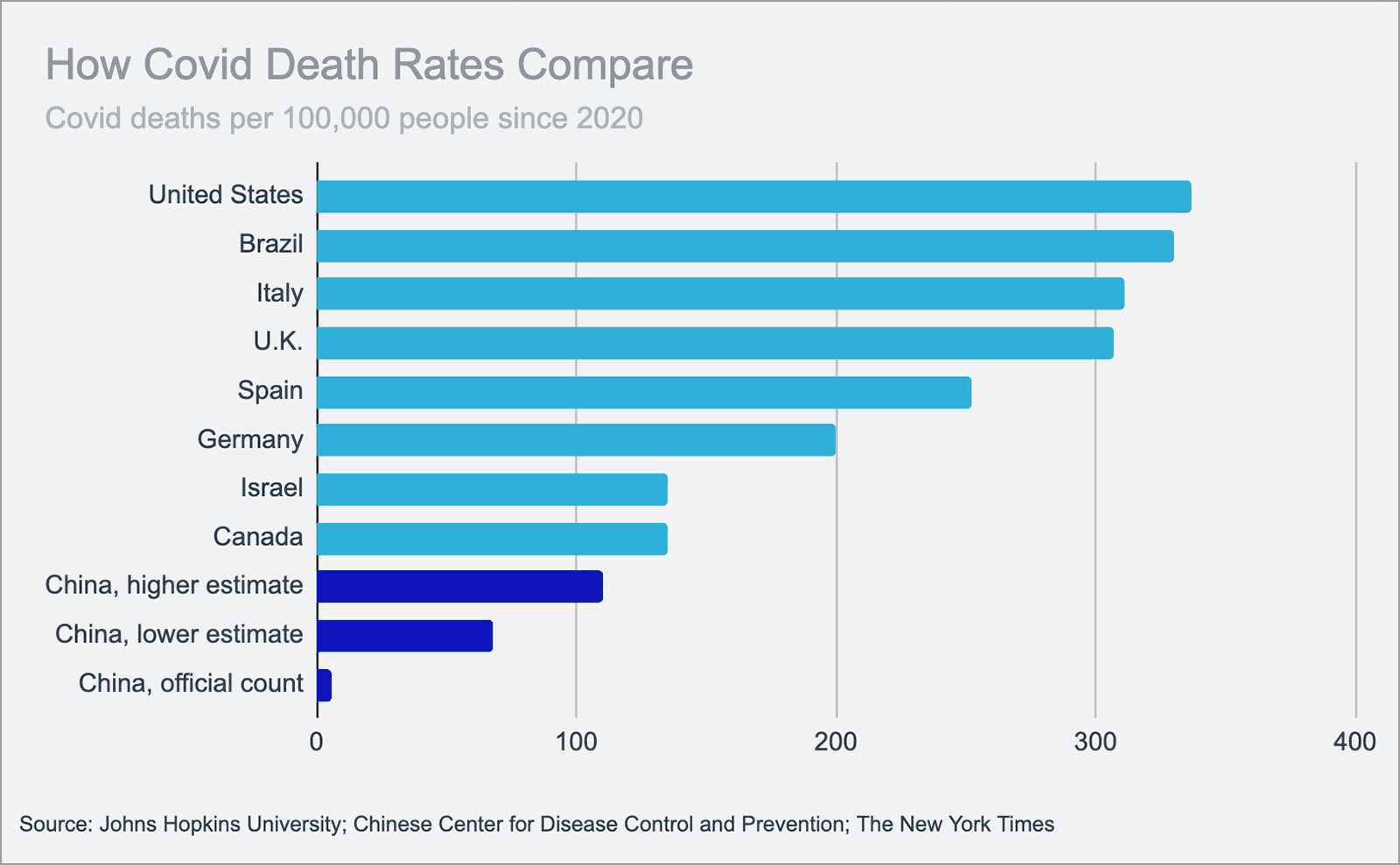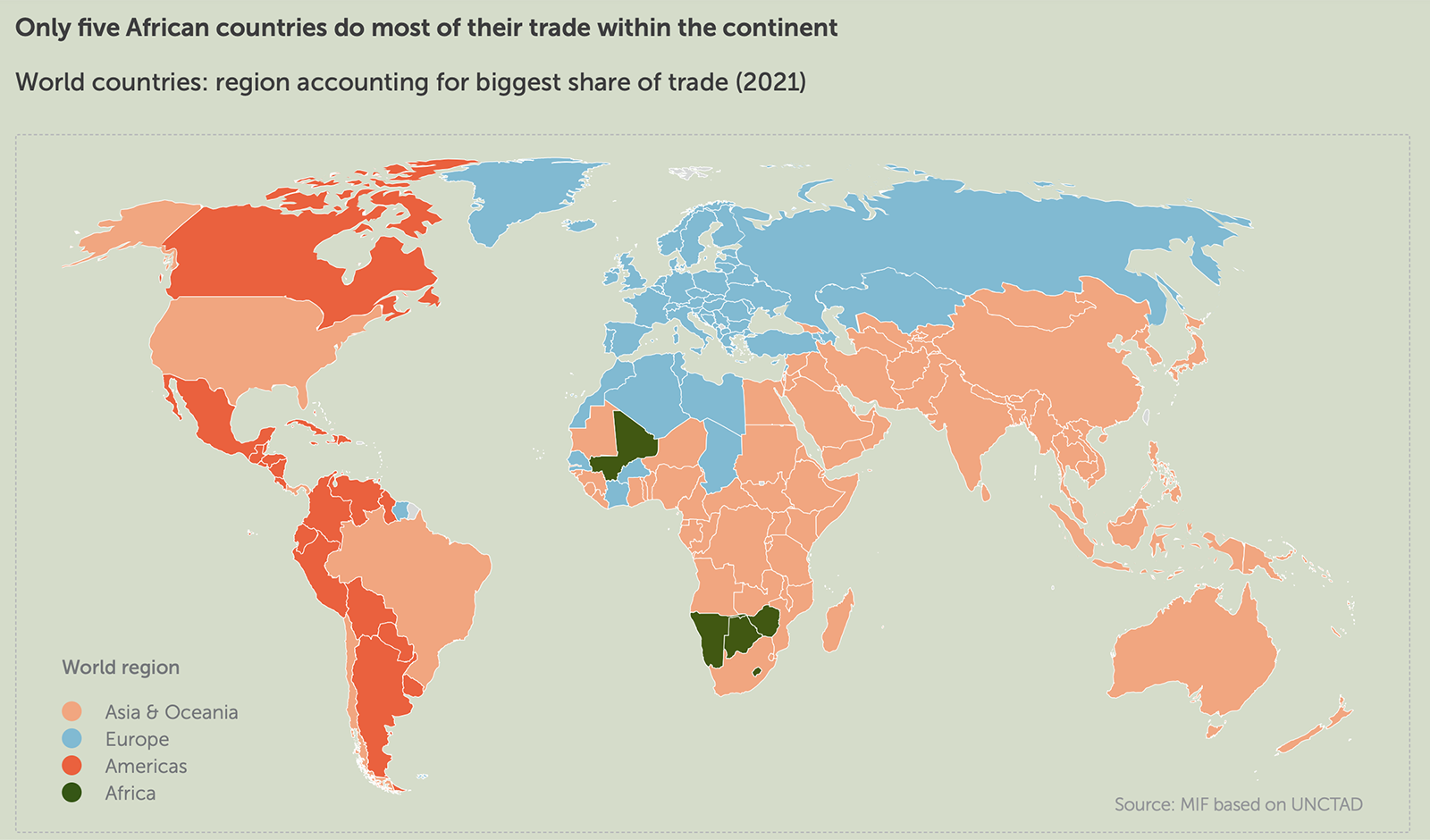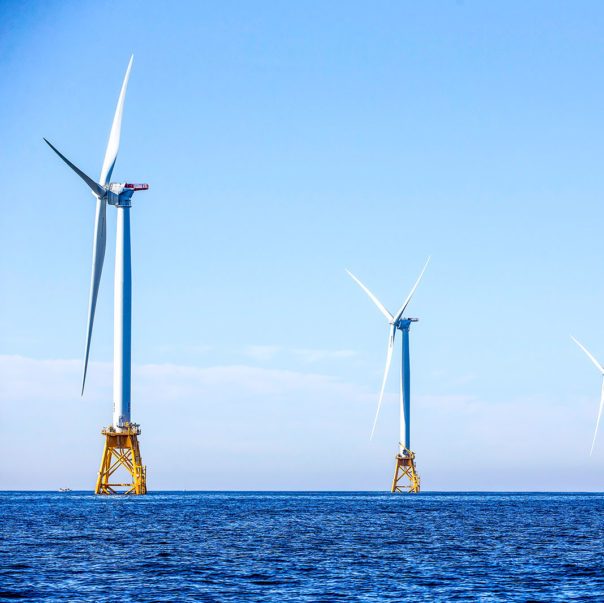
NEW SHOREHAM, RI - SEPTEMBER 22: The GE-Alstom Block Island Wind Farm stands 3 miles off of Block Island on September 22, 2016 New Shoreham, Rhode Island. The five 6-megawatt wind turbines are expected to produce more energy than Block Island needs. (Photo by Scott Eisen/Getty Images)
The US Excels in Cleantech, but Is It Innovative Enough to Meet Global Emissions Goals?
The United States continues to progress in clean energy innovation — even after announcing its intent to pull out of the Paris Agreement. The U.S. ranks fourth among all countries (behind Norway, Finland and Japan) in terms of its contributions to the global clean energy innovation system on a per-capita GDP basis according to the ITIF Global Energy Innovation Index. Still, “without more and faster clean energy innovation, it will be virtually impossible to meet global climate emission goals,” write the index’s authors.
Among other trends, the index considers the growth of high-impact startups, which can help incubate emerging clean technologies. On that front, “the global system is dependent on a few countries, led by the United States in absolute terms, to perform this function.” Still, a lack of public funding for demonstration of capital-intensive technologies “appears to be a major weakness in the global energy innovation system.”


